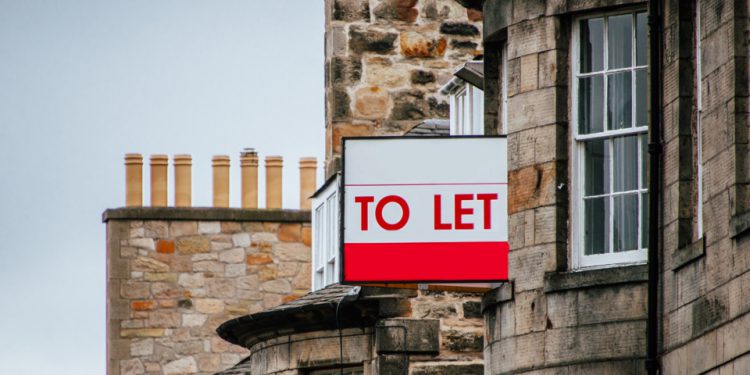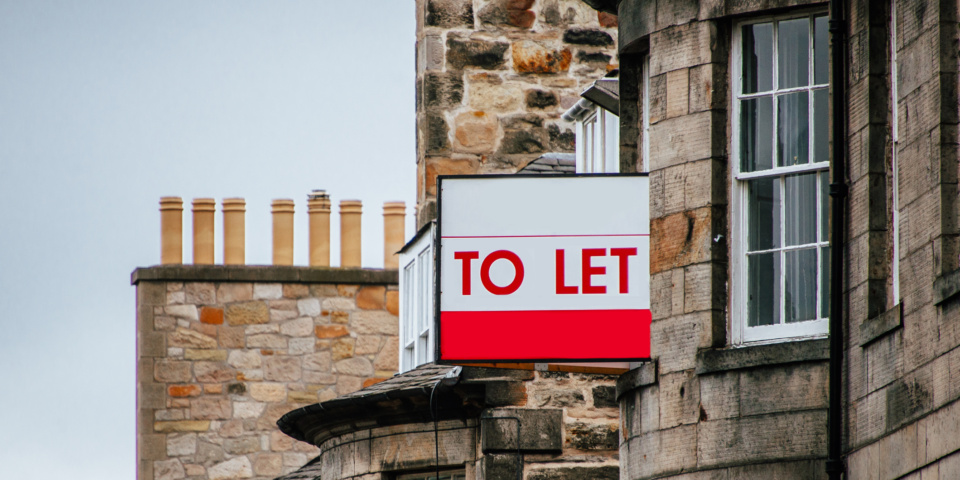Buy-to-let mortgage numbers soar: the best rates for landlords


Landlords now have more mortgages to select from than anytime within the last Twelve months – but some borrowers still struggle to obtain a cheap deal.
Buy-to-let investors looking to remortgage or expand their portfolios happen to be handed a lift, with lenders launching more than 200 new mortgage deals recently.
Here, Which? offers advice on tips to get a good rate on your buy-to-let mortgage, and explain if the recent landlord exodus could certainly be coming to an end.
Buy-to-let mortgage numbers increase
The Covid-19 pandemic were built with a significant effect around the quantity of mortgage deals available to landlords, but a year on, things have started to improve.
Data from Moneyfacts shows the number of buy-to-let deals on the market increased by more than 200 in March, to achieve as many as 2,333.
This means that overall deal numbers are now only 20% down on last March.
It’s not every great news, however. Average rates have dropped slightly, however they remain much higher than ever before the pandemic.
The chart below shows the way the average cost of a fixed-rate buy-to-let mortgage has changed in the last 12 months.
Who has benefited from lower mortgage rates?
When we glance more closely in the data, there are several clear winners and losers.
First of all, shorter-term deals have risen on price quicker. The typical two-year fix has grown by 0.28% in the last Twelve months, while the average five-year fix is just 0.17% more costly than a last year.
Borrowers with bigger deposits have been the biggest beneficiaries of late, with two-year fixes at 60% loan to-value (LTV) visiting 0.38% since February.
The table below shows how landlords borrowing at 80% LTV have fared worse than those borrowing at 60% LTV since the start of pandemic.
| Type of mortgage | Average rate (March 2021) | Average rate (March 2021) | Change |
| Two-year fix (60% loan-to-value) | 1.89% | 2.14% | +0.26% |
| Five-year fix (60% loan-to-value) | 2.31% | 2.52% | +0.19% |
| Two-year fix (80% loan-to-value) | 3.56% | 4.14% | +0.58% |
| Five-year fix (80% loan-to-value) | 3.98% | 4.29% | +0.31% |
Best rates on buy-to-let mortgages
The tables show the lowest initial rates currently available on two and five-year fixed-rate buy-to-let mortgages.
As you can see, there’s a big leap on price between 75% and 80% mortgages. The least expensive deals also come with substantial up-front costs, using the Mortgage Works charging 2% from the mortgage advance rather than a flat fee.
Two-year fixes
| Loan-to-value | Lender | Initial rate | Revert rate | Fees |
| 60% | The Mortgage Works | 1.19% | 4.74% | 2% of mortgage advance |
| 75% | The Mortgage Works | 1.59% | 5.24% | 2% of mortgage advance |
| 80% | Accord | 3.32% | 4.49% | lb1,995 |
Five-year fixes
| Loan-to-value | Lender | Initial rate | Revert rate | Fees |
| 60% | The Mortgage Works | 1.64% | 4.74% | 2% of mortgage advance |
| 75% | TSB | 1.99% | 4.44% | lb1,995 |
| 80% | Accord | 3.3% | 4.49% | lb1,995 |
What’s became of buy-to-let incentives?
Banks have long looked to entice customers by providing them incentives to get a home loan, for example cutting up-front fees, offering cashback or providing free valuations or legal work.
The chart below shows how lenders have reduce incentives during the last year, using the notable exception of cashback, which is now available on a quarter of deals.
Is cashback worthwhile?
Cashback might appear to be a large advantage when you compare mortgages, but it’s best to contemplate it a ‘nice to have’ rather than a deal breaker.
This happens because the vast majority of mortgage deals only offer cashback which is between lb250 and lb500.
There are a few suppliers that offer higher amounts, however they don’t currently feature one of the cheapest rates.
How much would you make if you sold your buy-to-let property?
Many landlords is going to be seeking to switch mortgage deal this season to get the most from their portfolio, but it seems the buy-to-let exodus we’ve observed in the last few years has slowed down.
New research through the estate agency Hamptons found 131,900 landlords in England and Wales sold properties in 2021, the cheapest number recorded since 2021.
Those who sold up made an average profit of lb82,450. Perhaps unsurprisingly, landlords working in london made the biggest gains, with average profits of lb302,200 – or 71% from the price they originally paid. The smallest gains were in the North East, where investors turned profits of lb11,310, or 16% from the original cost.
As the table below shows, landlords who sold up in 2021 had owned their properties to have an average of eight to 10 years.
| Region | Average profit (lb) | Average profit (%) | Average length of ownership (years) |
| London | lb302,200 | 71% | 9.8 |
| South East | lb102,200 | 45% | 9.2 |
| East of England | lb90,590 | 48% | 8.9 |
| South West | lb68,250 | 40% | 8.6 |
| West Midlands | lb50,240 | 42% | 9.0 |
| East Midlands | lb44,560 | 41% | 9.1 |
| Wales | lb37,120 | 38% | 9.6 |
| North West | lb34,780 | 36% | 9 |
| Yorkshire & The Humber | lb30,800 | 34% | 9.6 |
| North East | lb11,310 | 16% | 8.0 |
What’s happening to book prices?
With house prices having risen significantly in light of the current stamp duty cut, landlords expanding their portfolios now might not be in a position to depend on significant development in property values within the next few years.
With this in your mind, it’s vital that you concentrate on what’s happening to the rental market. Hampton’s data implies that rents are rising everywhere in the uk aside from London.
The average rent beyond London is currently lb889, an increase of 7% year-on-year. Once we add London in, the typical rises to lb1,026 – an increase of just 4% when compared with last year.
The chart below shows what’s happened to average rents round the country within the last 12 months.






